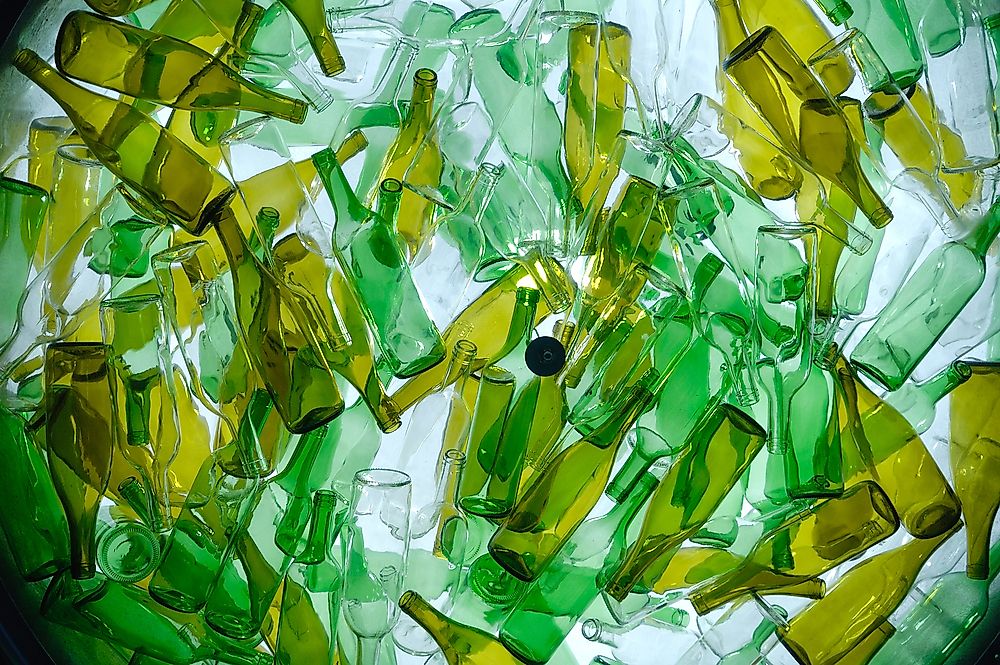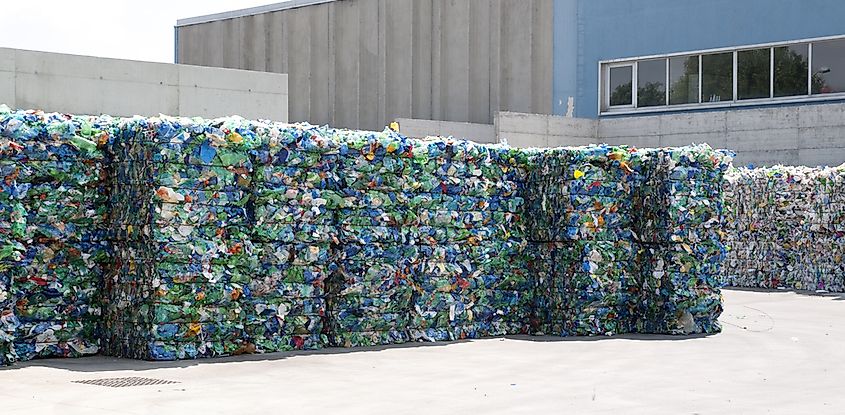How Does Recycling Help the Environment?

How Does Recycling Help the Environment?
The global population has been increasing at an unprecedented rate, which has in turn also caused an increase in the creation of waste on our planet. Recycling is the process of turning waste into usable materials that are to be used again. Examples of the waste that can be recycled includes metals (such as aluminum and steel), glass, paper, and plastic. With proper implementation, recycling has the capacity to reduce the use of natural resources and therefore reduce the already-devastating human degradation of the environment. The recycling of both biodegradable materials as well as non-biodegradable materials is possible.
Some natural resources used by humans are non-renewable, including oil and coal. Recycling these products is a critical link in order to prevent the overconsumption of these resources. Recycling is both significant to people as well as to the environment. It helps reduce the need for mining, quarrying and logging. These are all activities that harshly pollute the air and water of our planet. Recycling also saves energy and reduces greenhouse gases. All of these things cumulate to help combat climate change, which helps preserve the planet for future generations.
How to Recycle
Most cities and towns around the world have a location set aside for use of landfills, where the waste produced within the city is dumped. The waste dumped in landfills becomes an environmental hazard over time by emitting greenhouse gasses and allowing toxins to steep into the soil and water table.
As much as 7% of the waste that the average person throws out daily could instead be recycled and turned into objects such as park benches, picnic tables, or high-chairs. Recycling is made possible to the general public in three ways, depending on where the individual lives. These methods are curbside collection, buy-back centers, and drop-off centers.
- Curbside collection is sorted by the individual in their home before it is picked up by a waste collection vehicle. It used to be ideal to sort all different types of recycling before it was picked up by trash collection. However, increases in sorting technology means that this is no longer the case in most communities.
- Buy-back centers are a place where cleaned recycled materials are purchased, which serves as an incentive for the general populace to recycle. These centers usually do have to be funded through government subsidies as they themselves are not profitable.
- Drop-off centers exist so that those who wish to recycle can drive their own materials to the centers in order for them to be processed.

Manufacturing of items using raw materials is actually usually more expensive than using recycled materials. Another line of thinking is the reduction in energy cost which also has an undeniable economic impact. The manufacturing of metals from natural ores consumes colossal amounts of electricity, and this is most evident in aluminum whose raw production consumes 90% more energy than recycled aluminum.
The recycling industry has become an important source of income for many entrepreneurs who have in turn become job creators with the industry employing as much as 14,000 people in the state of Ohio while the state of California injects $10 billion in its economy through waste recycling and management every year. Some countries face an extreme shortage of natural resources and therefore rely on recycling local and imported waste for production of commodities such as paper in countries such as Japan, China and South Korea. By 2014, EU had about 50% of world share of waste and recycling industries, with more than 6,000 companies employing 0.5 million people and having a turnover of €24 billion.
Challenges
The recycling industry is a lucrative injecting as much as $236 billion in the US economy, but it has faced a few challenges in recent years. The main issue has been the drop in the global crude oil prices which in turn have made plastic made using crude oil cheaper than with recycled plastic. Levels of public awareness and government involvement can also play a factor in the recycling rate within a community.











